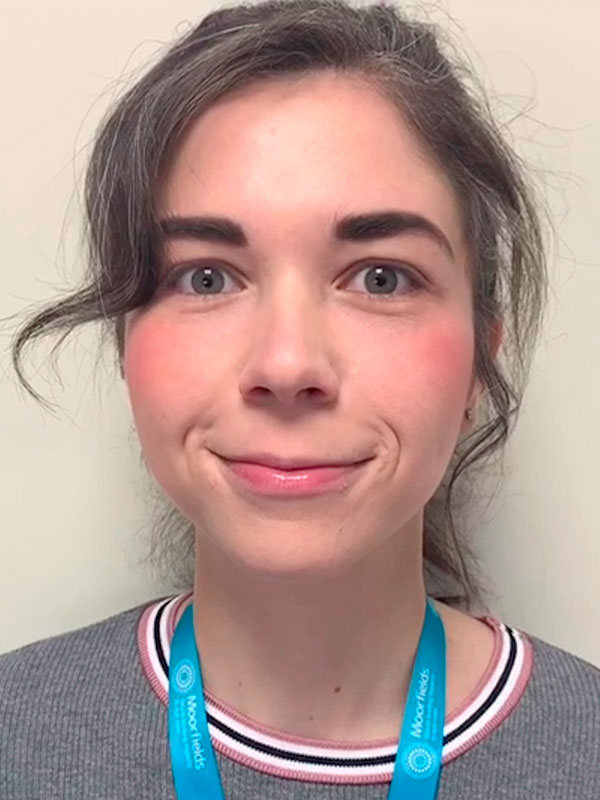Home monitoring for patients with macular disease: my doctor knows how I’m seeing everyday
At the beginning of my fellowship...
My initial plans for my time as a fellow involved exploring the relationship between the home scoring of vision using a smartphone application and the subsequent deterioration of macula pathology. To that end, I was aiming to understand the appetite amongst ophthalmic patients for the home monitoring of their vision. At the start of this journey I felt that I was dipping my toes into an ocean of potential of what ophthalmic care could be, and the vision was to harness technology to enhance the current model of ophthalmic care.
During my fellowship...
My project began as a pilot observational project, as a deep dive into the reliability and significance of scores patients achieve, quantifying visual distortion, as measured by the smartphone application ‘Alleye’ for the home monitoring of their vision and their subsequent disease course at clinical follow-up, with no change to their care.
Due to the SARS-CoV2 pandemic, the project had to pivot to adapt to what was occurring in the National Health Service and across the globe. Clinical triage resulted in many patient’s appointments being postponed for various intervals of time. We changed tack, and all such patients were contacted and offered the use of the smartphone application alongside training, to monitor these patients from afar, to allow a channel for them to seek ophthalmic care should it be indicated via deteriorating scores that they might benefit from this, at an extremely uncertain time.
Over the national lockdown we were able to identify patients with poor Alleye scores and to contact them and have a discussion and engage in a joint decision-making process with each patient regarding the potential need to attend hospital eye services. Through this process, patients with deteriorating vision were identified, given an earlier appointment and treated sooner than their next planned review. This was extremely rewarding for me as a clinician and I noted an anecdotal positive impact on patient’s own health anxiety regarding their vision. This shone a light on the potential impact this technology could have on an individual patient’s life and our health service’s capacity if implemented correctly. The ultimate goal is to see the right patient at the right time, and home monitoring of vision provides a potential means to this end.
My time in Digital Health has provided me with something I did not expect to achieve in such a short time interval; that is, a significant, positive and real effect on patient care. When implementing change and altering models of care, I was surprised to encounter a real world effect on patient’s lives that can on occasion feel elusive.
My work as a digital fellow enabled me to be involved in other projects such as the creation of online learning modules in the telemedicine and data science arena and to be involved in highlighting the importance of remote monitoring of care in Ophthalmology and the potential it holds in various formats. It is important that the the vision of remote monitoring becoming part of routine care is remembered to be just that; a vision. It is one that feels more attainable to me now.
Lessons learned:
- The gift of time. We could all achieve great things with speed if we had time dedicated to advancing digital health.
- Embrace project evolution. Evolution is your friend. Do not cling on to what an idea once was.
- Teams before tech. And above all else …..
- People never fail to surprise you. Technology can be embraced by those you least expect to embrace it. Give people the benefit of the doubt.

